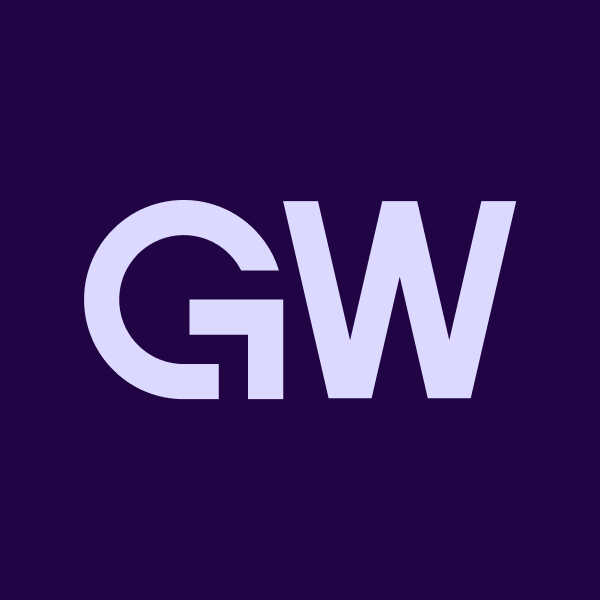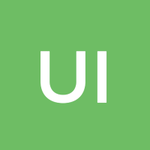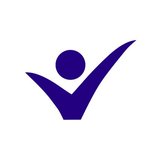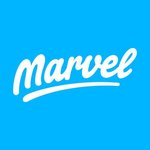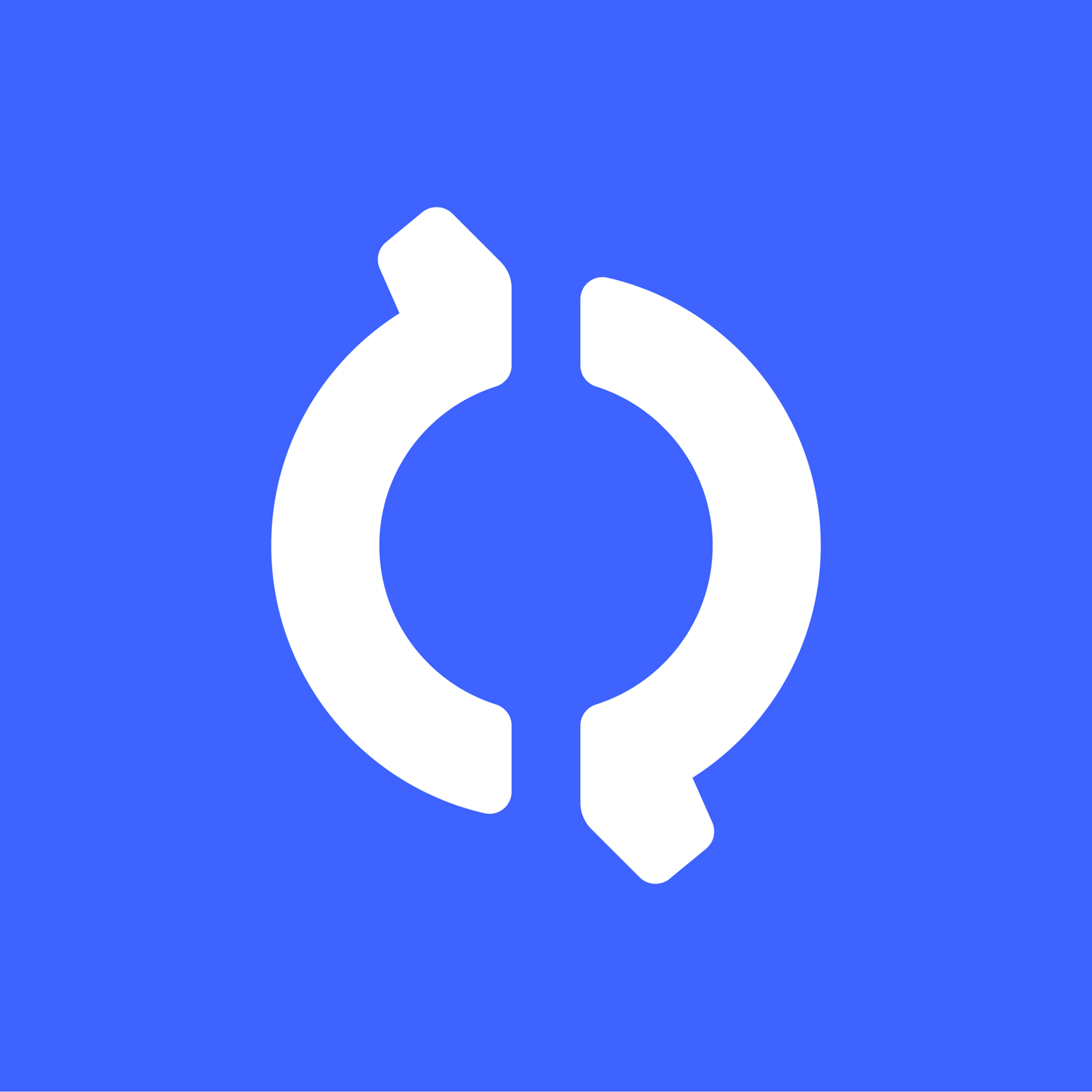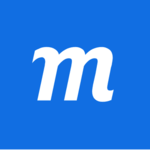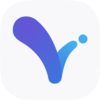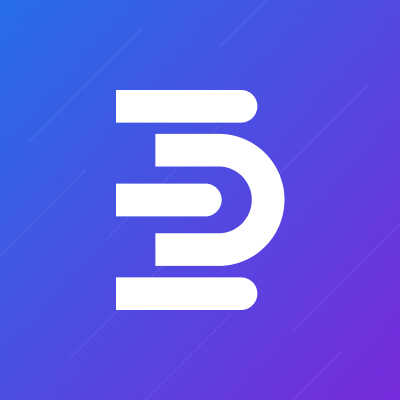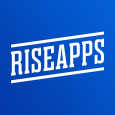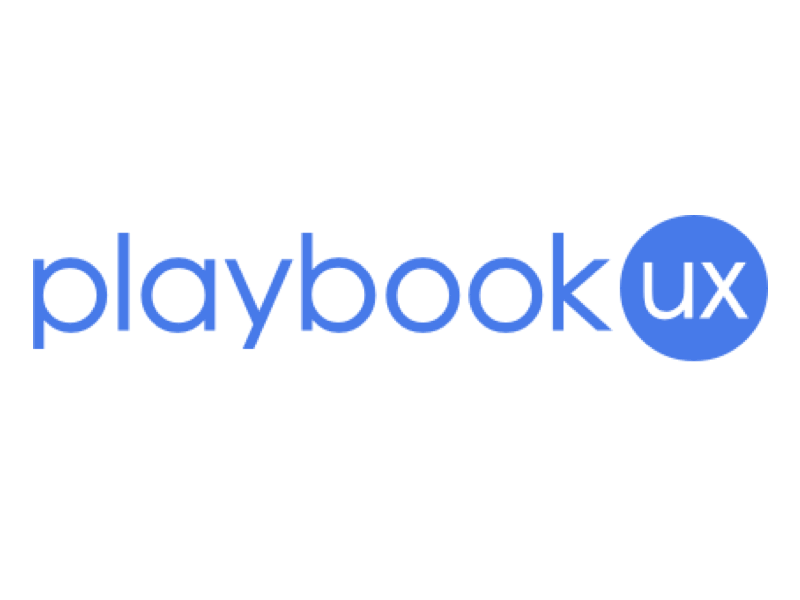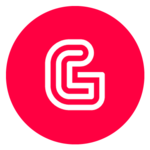What Are The Recent Trends In UX Design Tools?
In recent years, the market for UX design tools has flourished, with new tools and features being released at a quick rate. As the demand for user-centric and intuitive design grows, businesses must stay current with the newest developments in UX design tools.
We'll look at the most recent trends in UX design tools to help you make an informed decision about which tool is best for your design needs.
1. Integration With AI And Machine Learning: One of the most important trends in UX design tools is the use of artificial intelligence (AI) and machine learning (ML). These technologies are being used to enhance the user experience through personalized and adaptive designs. Designers may utilize AI and ML to evaluate user behavior and preferences and produce designs that are specific to their needs.
2. Design Systems: Design systems have grown in popularity in recent years due to their ability to maintain consistency and ease the design process across multiple platforms. UX design tools now include built-in design systems or connections with well-known systems such as Material Design, allowing designers to create unified and cohesive designs with little effort.
3. Collaborative Capabilities: Collaboration is vital in the area of UX design, and the most recent tools are geared on providing rich collaborative capabilities. Design teams can now collaborate in real time, share input, and track changes effortlessly, regardless of where they are. These characteristics not only improve the efficiency of the design process, but they also promote greater communication and collaboration among team members.
4. Prototyping And Animation: Prototyping and animation are now critical components of the UX design process, and tools are constantly emerging to fulfill these demands. The most recent UX design tools have extensive prototyping features that enable designers to create interactive prototypes with animations, gestures, and transitions. These tools make it easy to test and improve designs prior to final implementation.
5. Responsive And Mobile Design: With the proliferation of mobile devices, UX design tools must enable responsive and mobile design. The most recent tools include features like responsive preview, grid systems, and breakpoints, which make it easier for designers to develop designs that are tailored for different screen sizes.
Benefits Of Using UX Design Tools
UX design tools are now an essential aspect of the design process for any modern organization. With the growing demand for user-centered design and the increasing complexity of digital goods, having the correct tools at your disposal has become critical. Whether you are an experienced UX designer or new to the profession, investing in high-quality UX design tools can have a major impact on your workflow and overall design quality.
Let's look at the advantages of using UX design tools and how they may improve your design process and, eventually, contribute to the success of your organization.
1. Streamlines The Design Process: One of the most significant benefits of adopting UX design tools is that they streamline the entire design process. These tools are specifically developed to help with every phase of the design process, from wireframing to prototyping and user testing. With the correct technology, you can quickly generate high-fidelity wireframes, interactive prototypes, and even conduct user research all in one location. This not only saves time, but also allows designers to focus on the creative aspects of their work rather than getting mired down in technical details.
2. Consistency And Collaboration: UX design tools provide a uniform platform for teams to collaborate efficiently. Version control and cloud-based storage enable all team members to access and collaborate on the same design files at the same time. This maintains consistency in design elements and reduces the possibility of errors due to miscommunication. Furthermore, these tools facilitate cooperation with clients and stakeholders by allowing them to submit feedback and comments immediately on design files.
3. Versatility: Many UX design tools include a wide range of features and capabilities to meet a variety of design requirements. These tools are versatile and adaptable, allowing you to create prototypes for desktop and mobile devices as well as design for various platforms and screen sizes. This is especially useful for designers working on projects with several requirements, as they can use a single tool to meet all of their design needs.
4. Saves Money And Effort: Using the appropriate UX design tool saves time, money, and effort. With the capacity to generate interactive prototypes, designers may test their design concepts and get user feedback early in the design process, allowing them to detect and correct problems or areas for improvement. This reduces the need for costly revisions during the development stage, which saves time and resources.
5. Improves The User Experience: Ultimately, the purpose of any design project is to provide a positive and intuitive user experience. UX design tools include features such as user flow maps, interactive prototypes, and usability testing to assist detect and fix usability issues. This guarantees that the end product provides a smooth and seamless experience for consumers, resulting in improved user happiness and, ultimately, increased retention and conversion rates.
Important Factors To Consider While Purchasing UX Design Tools?
When it comes to acquiring UX design tools, there are a few key elements to consider before making a purchase. As a professional content writer, you must not only emphasize the advantages of these tools, but also explain why they are necessary for UX designers.
1. User-Friendly Interface: The UX design tool should, above all, have an easy-to-use interface. This means that it should be simple to navigate and use, making the design process faster and more efficient. Look for tools with a simple layout and easy controls, which allow you quick access to capabilities without requiring a steep learning curve.
2. Interoperability: Another important thing to examine is the tool's interoperability with various systems and devices. As a UX designer, you may need to work on a variety of projects across multiple platforms and devices, and the tool you use should accommodate this. Consider tools that are cross-platform compatible, so you can work on your designs regardless of device or operating system.
3. Collaboration Features: In today's remote work environment, collaboration tools are becoming increasingly important for UX designers. Before choosing a UX design tool, make sure it includes features like real-time collaboration, version control, and feedback sharing. These tools will boost team cooperation while also streamlining the design process.
4. Prototyping Capabilities: Prototyping is an important element of the UX design process, and having a tool that facilitates prototyping can be a game changer. Look for tools that provide a range of prototyping alternatives, including wireframing, mockups, and interactive prototypes. This will allow you to successfully express your design ideas and make any necessary modifications before the final product is created.
5. Integration Options: Consider how well the UX design tool integrates with other tools you may be utilizing during the design process. This covers tools for conducting user research, project management, and analytics. Integration not only saves time, but also creates a more smooth and streamlined workflow.
6. Pricing: Obviously, pricing is an important issue to consider when acquiring any tool, including UX design tools. Make careful to evaluate the pricing plans of various tools and select the one that provides the best value for your money. Some solutions also provide a free trial, so take use of it to evaluate the tool's capabilities and compatibility with your projects.
What Are The Key Features To Look For In UX Design Tools?
When it comes to UX design, having the correct tools might mean the difference between producing user-friendly and visually appealing products. But, with so many options on the market, how can you know which UX design tool is appropriate for your requirements?
Here are five crucial aspects to consider while selecting a UX design tool.
1. User-Friendly Interface: The entire objective of UX design is to provide a user-friendly experience for your customers, so it's only natural that the tool you chose has a user-friendly interface as well. Look for tools that are simple and straightforward to use, with a well-organized structure.
2. Design Capabilities: A solid UX design tool should support all aspects of your project, including wireframes, prototypes, and visual designs. Look for tools that provide a wide range of design tools and capabilities, such as drag-and-drop functionality, configurable templates, and a diversified font and icon collection.
3. Collaboration Features: Because UX design is a collaborative process, selecting a tool that facilitates team collaboration is critical. Look for features like real-time collaboration, version control, and the opportunity to give comments and suggestions directly in the tool.
4. Mobile Compatibility: Because mobile devices account for the majority of internet traffic, your UX design tool must be mobile-compatible. This includes testing and previewing your designs on various screen sizes and devices, as well as exporting designs in mobile-friendly format.
5. Integration With Other products: No design project exists in isolation, so select a UX design tool that connects with other products you may already be using, such as project management software or graphic design applications. This will make your workflow go more smoothly and efficiently.
Why Do Businesses Need UX Design Tools?
Businesses use UX design tools since they are critical for developing user-friendly and visually appealing digital goods. These solutions not only assist businesses improve their online presence, but they also lead to better client engagement, conversion rates, and revenues. First and foremost, UX design tools enable organizations to create user-centered designs.
By putting the user at the center of the design process, organizations may better understand their wants, preferences, and pain spots, resulting in a product that meets their expectations. This not only improves the user experience, but it also promotes brand loyalty and a great reputation. Furthermore, UX design tools provide a variety of features and functionalities that enable organizations to include interactive and engaging elements in their designs.
This comprises prototyping, wireframing, and animation tools, among others, which help organizations bring their ideas to life and create an unforgettable user experience. In addition, these tools enable firms to undertake user research and gain vital insights into their target audience. Businesses that understand their users' actions can make informed design decisions that reflect their demands and preferences.
This can lead to a more efficient and successful product that connects with users. Furthermore, UX design tools save firms time and dollars by streamlining the design process. With features like as reusable design components and collaborative capabilities, these tools allow designers to work faster and more efficiently, minimizing the time and effort required to create a high-quality digital product.
Finally, UX design tools enable firms to remain competitive in the ever-changing digital market. With the advent of new technologies and shifting consumer behavior, having a solid UX design is no longer a luxury, but rather a requirement for businesses to remain relevant and stand out in the market.
Which Industries Can Benefit The Most From UX Design Tools?
Extensive research and user testing have demonstrated that UX design tools may be quite beneficial in a wide range of businesses. From traditional product-based businesses to burgeoning technology startups, including UX design tools into your workflow can result in increased user satisfaction, higher conversion rates, and, ultimately, better commercial success. The e-commerce industry can benefit immensely from UX design tools.
As online purchasing becomes more popular, businesses must provide a seamless and user-friendly experience. E-commerce enterprises can use UX design tools like prototype software and A/B testing frameworks to create intuitive interfaces that are easy for users to navigate, resulting in increased sales and customer retention. Similarly, the travel and hotel industries can benefit greatly from UX design tools.
With the majority of passengers planning and researching their trips online, having a user-friendly and visually appealing website or app is critical for businesses in this industry. UX design tools can help to streamline the booking process, improve the entire user experience, and ultimately increase reservations and income. In the realm of software and app development, UX design tools are game changers.
These tools enable developers to generate wireframes, mockups, and prototypes, making it easier to conceptualize and evaluate user experiences before devoting substantial time and resources to development. This not only improves the overall user experience of the finished product, but also saves time and money for the development team. The healthcare business can also benefit substantially from UX design tools.
Healthcare organizations can use these technologies to enhance the patient experience, whether by establishing a user-friendly patient site or developing a more intuitive medical gadget. By implementing UX design concepts, healthcare organizations can improve patient satisfaction, communication, and efficiency.
Conclusion
To summarize, finding the best UX design tool for your purposes necessitates thorough analysis and research. When selecting the ideal tool for your projects, consider functionality, user-friendliness, integration capabilities, and price. Additionally, consider your team's individual objectives and goals, as well as the broader design process. It is also good to use free samples and demos to get a feel for the product and how it fits into your workflow.
Remember to get comments and advice from your team and other industry specialists to help guide your selection. Finally, the most effective UX design tool for your team will be one that streamlines your processes, improves collaboration and productivity, and aids in the creation of great, user-centered designs. By carefully examining all elements and experimenting with various possibilities, you can confidently select the best UX design tool to assist and elevate your design efforts.


